Market Analysis
In-depth Analysis of Solar Water Pumps Market Industry Landscape
The solar water pumps market is experiencing significant growth and transformation, driven by various factors such as technological advancements, increasing awareness of renewable energy, and the need for sustainable water management solutions. At the core of this market are solar-powered pumps, which harness energy from the sun to pump water for various agricultural, residential, and industrial applications. One of the key dynamics shaping this market is the declining cost of solar photovoltaic (PV) technology. Advances in solar panel efficiency, manufacturing processes, and economies of scale have led to a significant reduction in the cost of solar panels, making solar water pumps more affordable and accessible to a wider range of users.
Moreover, the growing focus on environmental sustainability and the need to reduce dependence on fossil fuels are driving the adoption of solar water pumps worldwide. Traditional diesel or electric-powered pumps are often associated with high operating costs, greenhouse gas emissions, and reliance on finite resources. In contrast, solar water pumps offer a clean, renewable energy solution that can help reduce carbon emissions, mitigate climate change, and enhance energy security. As a result, governments, non-profit organizations, and development agencies are promoting the adoption of solar water pumps through incentives, subsidies, and awareness campaigns.
Furthermore, market dynamics are also influenced by the increasing demand for off-grid and remote water pumping solutions. In many rural and remote areas, access to electricity or reliable grid infrastructure is limited or nonexistent, making traditional water pumping solutions impractical or cost-prohibitive. Solar water pumps offer a decentralized, off-grid solution that can provide reliable water supply for irrigation, livestock watering, and domestic use in remote locations. This has led to growing demand for solar water pumps in emerging markets, rural communities, and developing countries where access to water is a significant challenge.
Another important factor driving market dynamics is the expansion of agricultural and irrigation activities, particularly in regions facing water scarcity and drought conditions. With changing climate patterns and increasing water stress, farmers and agricultural communities are seeking more sustainable and efficient water management solutions. Solar water pumps offer a cost-effective and environmentally friendly alternative to diesel or electric-powered pumps, allowing farmers to irrigate their crops, increase yields, and improve food security without relying on fossil fuels or grid electricity. As a result, the agriculture sector is emerging as a key market segment for solar water pumps, driving market growth and innovation.
Additionally, market dynamics are influenced by technological innovation and product development in the solar water pump industry. Manufacturers are continually developing new and improved solar water pump systems with enhanced features such as higher efficiency, greater reliability, and remote monitoring capabilities. These advancements enable users to maximize the performance of their solar water pump systems, optimize water usage, and minimize downtime. Furthermore, innovations such as solar-powered drip irrigation systems, smart water management platforms, and integrated solar energy storage solutions are expanding the potential applications and value proposition of solar water pumps, driving market growth and differentiation.
In conclusion, the solar water pumps market is characterized by dynamic trends and evolving dynamics driven by technological innovation, environmental concerns, water scarcity, and agricultural development. As solar energy continues to become more affordable and accessible, the adoption of solar water pumps is expected to continue growing, particularly in off-grid and remote areas where access to water and electricity is limited. By leveraging solar energy to power water pumping solutions, stakeholders can promote sustainable water management, improve livelihoods, and address the challenges of water scarcity and climate change.


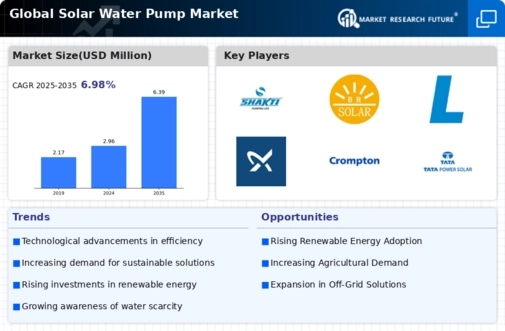


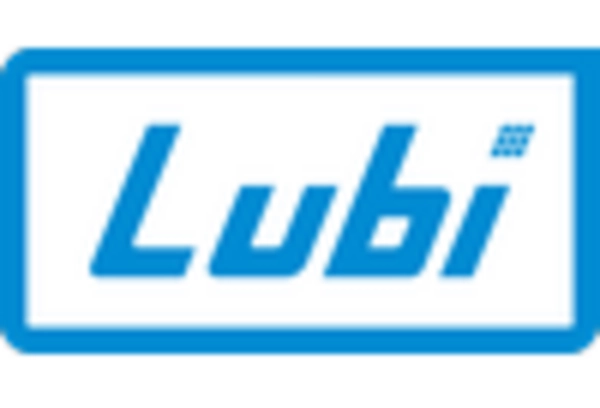
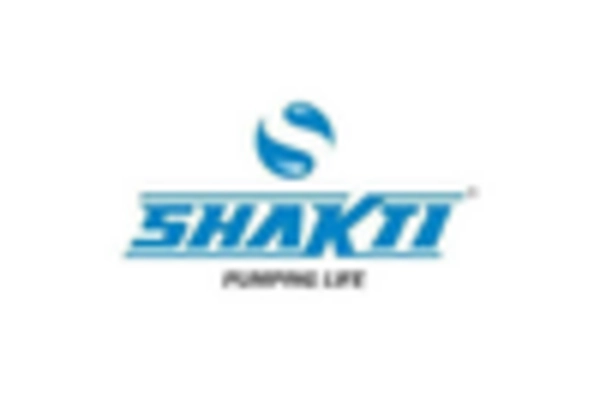
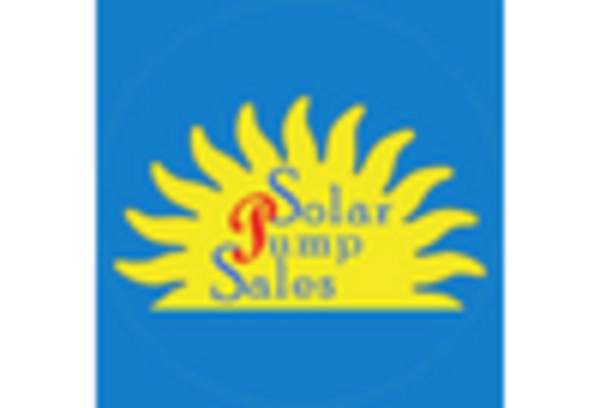
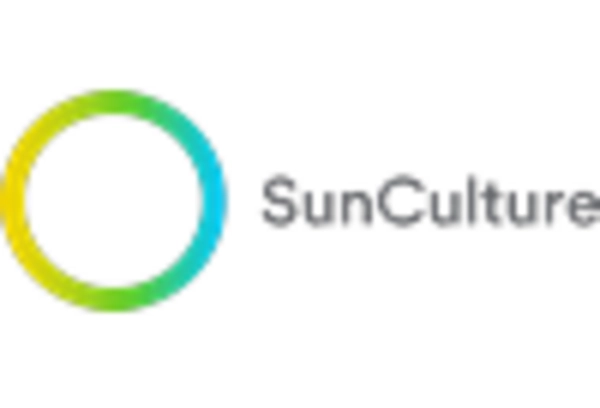









Leave a Comment